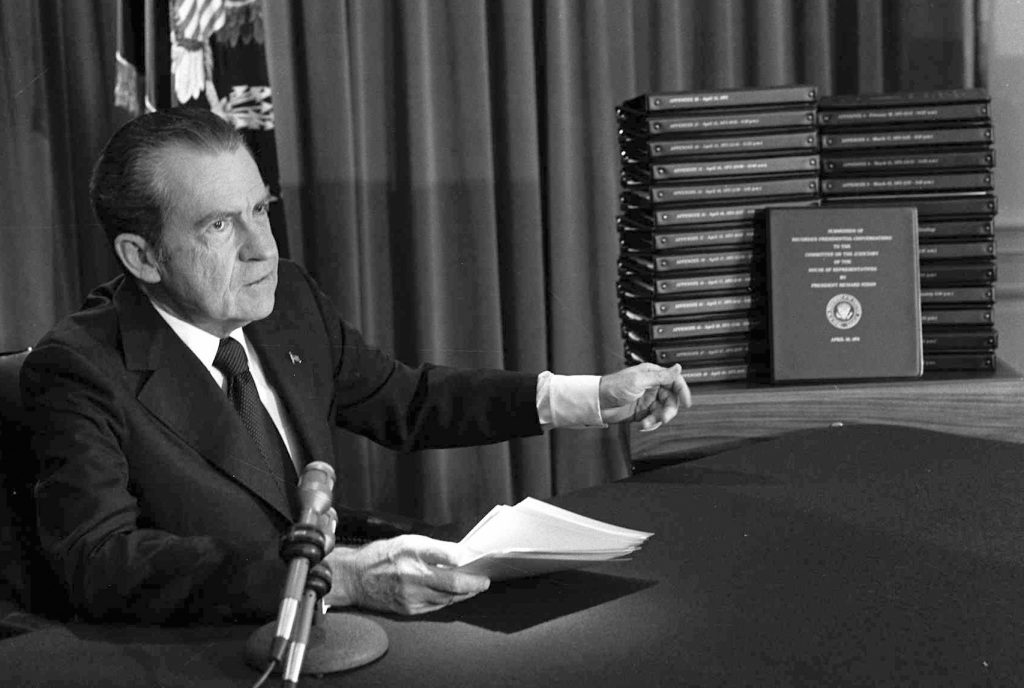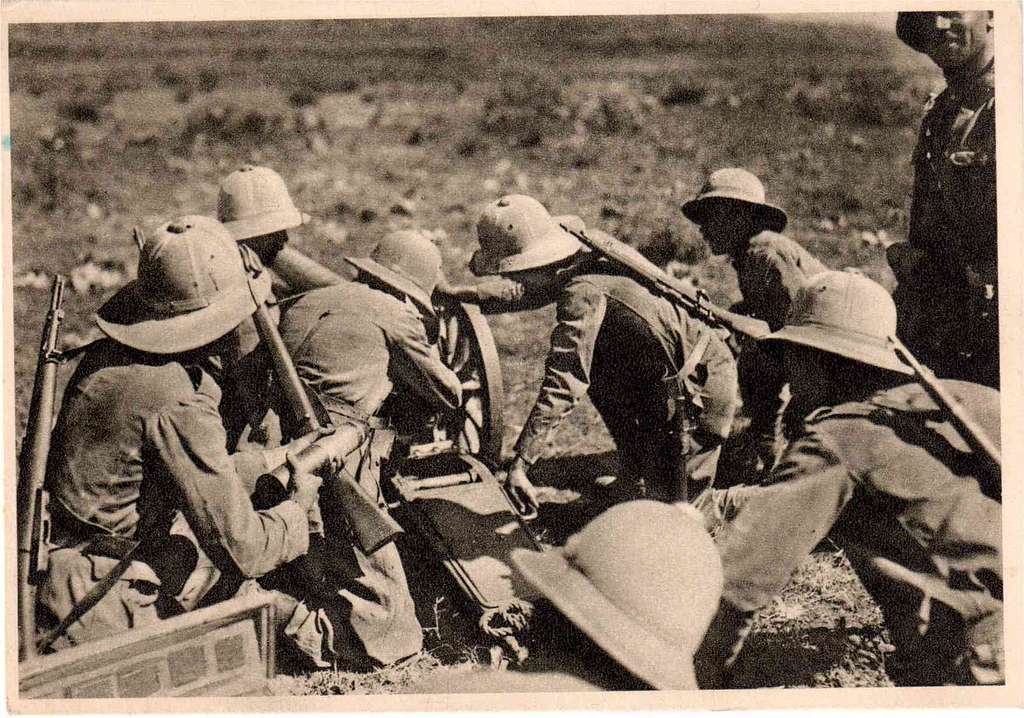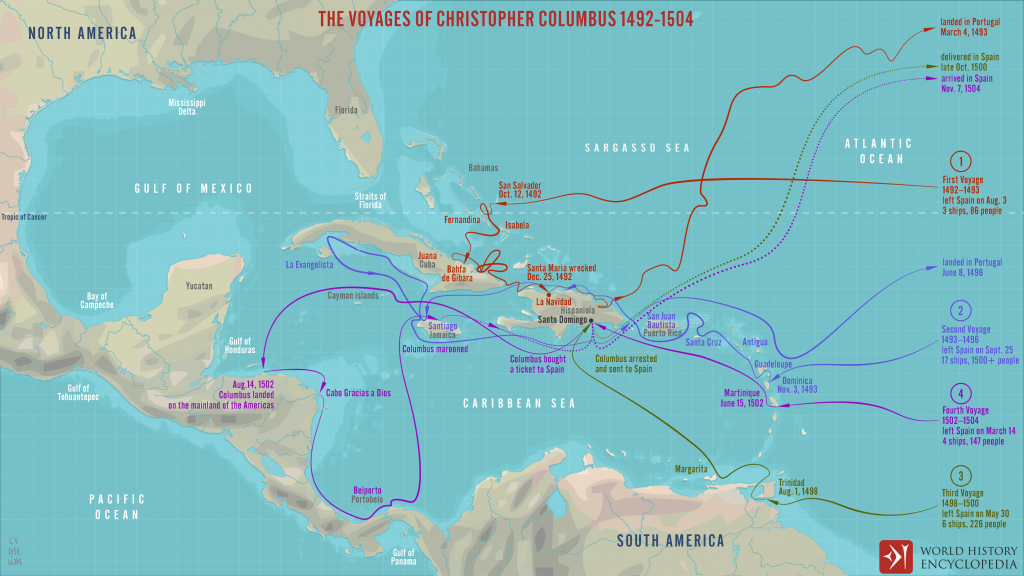In 1974, the impeachment process against Richard Nixon begins
The impeachment process was the result of the Watergate scandal, the break-in at the Democratic National Committee headquarters at the Watergate complex in Washington, D.C., and subsequent efforts by Nixon’s administration to cover up its involvement. The House Judiciary Committee approved three articles of impeachment against Nixon accusing him of obstruction of justice, abuse of power, and contempt of Congress. Nixon chose to resign on August 9, 1974, becoming the first US president to do so. Vice President Gerald Ford succeeded him as president.

April 29, 1974, file photo: President Richard M. Nixon points to the transcripts of the White House tapes after he announced during a nationally-televised speech that he would turn over the transcripts to House impeachment investigators, in Washington. The last 340 hours of tapes from Nixon’s White House were released Wednesday, Aug. 21, 2013, along with more than 140,000 pages of text materials. (AP Photo/File)
In 1960, the first birth control pill is approved
The U.S. Food and Drug Administration approved Enovid for contraceptive use. The drug was developed by Drs. Gregory Pincus and John Rock and marked a significant milestone in the history of contraception.
In 1936, Italy annexes Ethiopia
Italy annexed Ethiopia during the Second Italo-Ethiopian War, seven months after invading the country and exiling Emperor Haile Selassie I. Italian dictator Benito Mussolini established Italian East Africa, combining Ethiopia with Eritrea and Italian Somaliland.
In 1502, Christopher Columbus sets sail on his final voyage
Christopher Columbus embarked on his fourth and final voyage to the New World. This expedition was sanctioned by King Ferdinand II of Aragon and Queen Isabella I of Castile. The primary objectives were to explore new territories in Central and South America, to search for a passage to Asia and find sources of gold and valuable spices. In 1503, his fleet was severely damaged by a hurricane off the coast of what is now Panama. Columbus and his crew were eventually rescued and taken back to Spain in November 1504.
– Don’t miss out on To Vima’s daily “On this Day in History” posts.






